Tissue-Dependent Role of Par2 In Type 1 Diabetes
Type 1 diabetes (T1D) is an autoimmune disease of glucose intolerance, caused by deficiency of the insulin-producing β-cells in the pancreas. Significant damage to the β-cells is caused by an autoimmune response, in which inflammatory lymphocytes attack the tissue. Protease Activated Receptor 2 (Par2) is a protein tightly linked to both inflammation and tissue regeneration, making it a promising target for treatment. However, the dual role of Par2 – as an activator of both inflammation and regeneration – leaves its mechanism of action somewhat enigmatic. In an article published in Biomedicine & Pharmacotherapy, Dr. Ron Piran and his team connect T1D pathophysiology with Par2 in a tissue-specific manner. They demonstrate that depleting Par2 in β-cells damages their regenerative ability and promotes earlier development of T1D in mice. On the other hand, a specific depletion of Par2 in lymphocytes diminishes pancreatic inflammation, completely abolishing the development of T1D.
Last Updated Date : 27/05/2024




